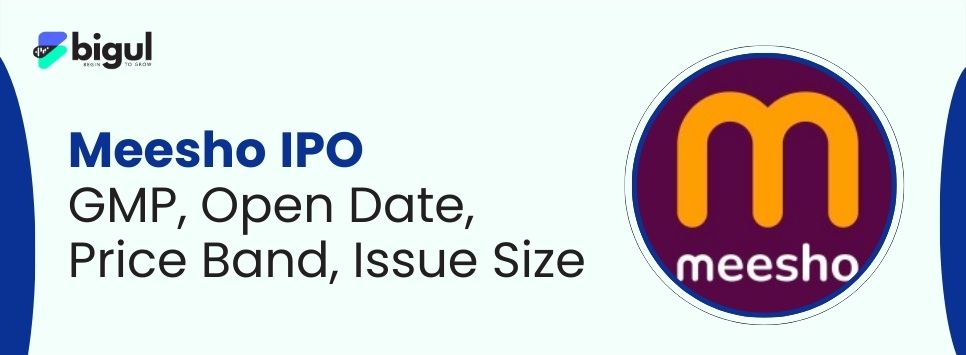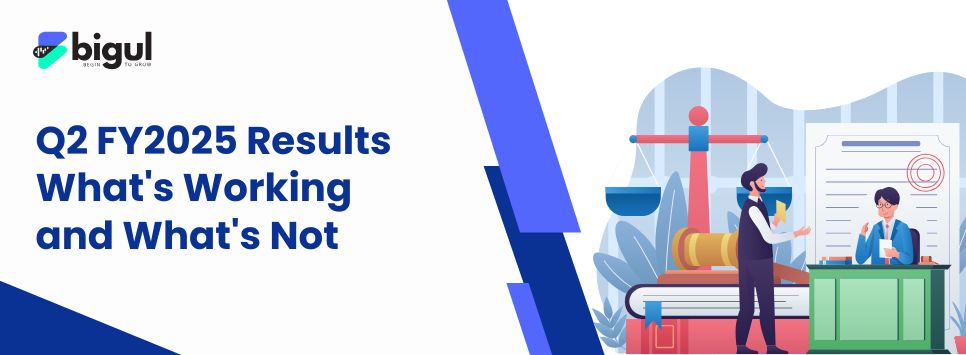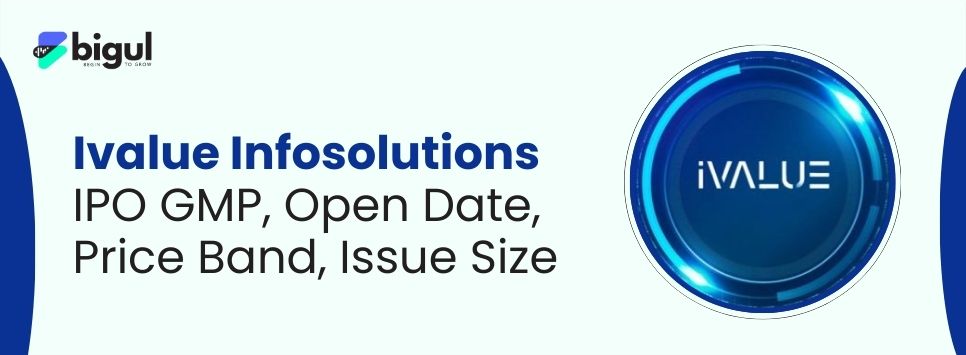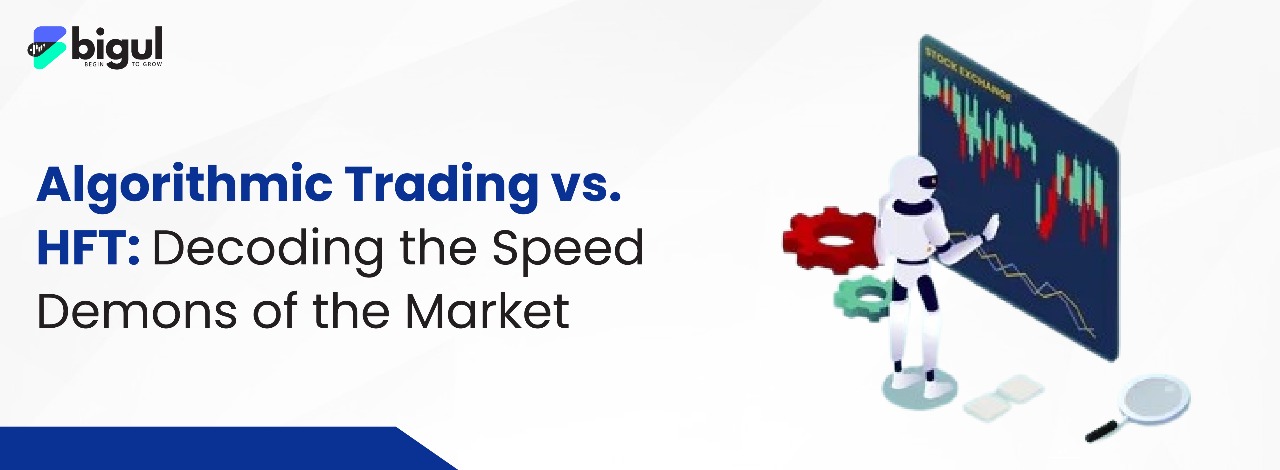Ever wondered how massive trades happen in the blink of an eye on platforms like NSE or BSE? Chances are, you've heard the terms "Algorithmic Trading" and "High-Frequency Trading" (HFT) buzzing around. Often used interchangeably, they're not the same beast! Understanding this difference is crucial, especially for young Indian investors navigating today's tech-driven markets. Let's break it down.
Also Read | Top 4 AI Tools That Can Transform Your Trading Journey
The Big Picture: What is Algorithmic Trading?
Think of Algorithmic Trading as the wise, strategic grandparent. At its core, it simply means using computer programs (algorithms!) to automate trading decisions. These algorithms follow predefined rules based on Trading Strategies, technical indicators, news feeds, or complex mathematical models. The goal isn't always speed; it's precision, discipline, and removing emotional bias.
An Algo Trading system might analyse years of Market Data to identify a trend-following pattern.It sets conditions and then automatically trades as those conditions are met, and the position may be kept hours, days or even weeks. This automation will enable them to work out large orders without much interference in the market through cutting them into pieces. Algorithmic Trading is highly available and applied by institutional investors, hedge funds and nowadays more and more technology-savvy retails traders in India.
Popular Trading Strategies here include VWAP (Volume Weighted Average Price), TWAP (Time Weighted Average Price), or mean reversion. The key takeaway? Algorithmic Trading is the broad umbrella – it's about automating the process based on logic and Market Data, regardless of speed. It brings systematic execution to diverse Trading Strategies.
What is High-Frequency Trading (HFT)?
Now, meet the hyper-caffeinated grandchild: High‑Frequency Trading. HFT is a specific, ultra-fast subset of Algorithmic Trading. Its defining characteristic is blistering speed – we're talking microseconds or nanoseconds! HFT firms aim to exploit tiny, fleeting price discrepancies visible only in the deepest levels of the Order Book.
High‑Frequency Trading relies on incredibly sophisticated algorithms executing thousands of trades per second. Their core Trading Strategies often involve market making (providing liquidity by constantly quoting buy/sell prices) or latency arbitrage (profiting from minute delays in data feeds between exchanges). Holding periods? Often mere seconds or less, sometimes just milliseconds!
The technological arms race is real in High‑Frequency Trading. Think colocated servers (physically placed next to exchange servers), ultra-low-latency networks, and cutting-edge hardware. They consume vast amounts of real-time Market Data and Order Book information, reacting faster than any human possibly could. High‑Frequency Trading thrives on microscopic price movements amplified by massive volume.
Key Differences: Speed, Scope, and Strategy
So, how do they really stack up? The most glaring difference is time horizon. Algorithmic Trading can be short, medium, or long-term. High‑Frequency Trading lives exclusively in the ultra-short term, measured in fractions of a second. This speed focus dictates everything else.
Trading Strategies diverge significantly. While Algorithmic Trading encompasses a vast universe (trend following, arbitrage, execution algorithms), High‑Frequency Trading strategies are laser-focused on speed-dependent opportunities: scalping, market making, and latency arbitrage, heavily reliant on parsing the Order Book depth in real-time.
Infrastructure needs are worlds apart. Basic Algorithmic Trading can run on powerful cloud servers. High‑Frequency Trading, however, demands multi-million-dollar investments in direct data feeds, colocation, and specialized hardware to shave off microseconds. The cost barrier to entry for pure HFT is immense. Finally, holding periods: Algo trades can last; HFT positions are ephemeral.
Peeking Under the Hood: Market Data & The Order Book Battlefield
Both worlds are fueled by Market Data, but they consume and act on it differently. Algorithmic Trading systems might use end-of-day data, minute bars, or real-time ticks for their strategies. They analyze broader trends, fundamentals, or volume patterns over meaningful timeframes.
For High‑Frequency Trading, Market Data is the lifeblood, and latency is death. They require the fastest, most granular data feeds – every single quote, trade, and depth-of-book update across multiple exchanges. Their algorithms scrutinize the Order Book in extreme detail, looking for fleeting imbalances or queue positions ahead of large orders.
The Order Book is the primary battlefield for HFT. Strategies involve predicting price movements based on the speed and size of orders entering different levels of the Order Book. They might try to "jump the queue" or provide liquidity milliseconds before a predicted price move. Statistical Arbitrage in HFT often exploits correlations between assets visible only at this microsecond level within the Order Book.
Statistical Arbitrage: A Strategy for Both Worlds
Statistical Arbitrage (Stat Arb) is a fascinating Trading Strategy employed by both algo and HFT traders, but with distinct flavors. It involves identifying pairs or baskets of securities with historically stable price relationships. When this relationship temporarily deviates, the strategy bets on it reverting to the mean.
In traditional Algorithmic Trading, Statistical Arbitrage might involve holding positions for hours or days, based on daily or hourly data. It relies on robust statistical models and often targets larger, more sustained divergences. Execution speed is important but not necessarily the defining factor.
High‑Frequency Trading takes Statistical Arbitrage into hyperspeed. HFT algorithms look for microscopic, short-lived deviations in correlated assets – deviations that might last only milliseconds. Profits per trade are minuscule, so success relies on massive volume and lightning-fast execution enabled by deep Order Book analysis and ultra-low latency. It's Stat Arb on steroids.
Impact and Relevance for the Indian Market
So, what does this mean for Indian markets regulated by SEBI? Algorithmic Trading is mainstream, improving liquidity and execution quality for all participants. SEBI has frameworks (like the algo tag) to monitor it. High‑Frequency Trading, while present, operates under stricter scrutiny (e.g., order-to-trade ratios, minimum resting times) to prevent potential manipulation.
For young Indian investors, Algorithmic Trading tools are increasingly accessible via broker APIs and platforms, helping automate strategies efficiently. Pure High‑Frequency Trading, however, remains largely the domain of specialised, heavily capitalised firms due to its massive infrastructure costs and regulatory complexity. It's less about individual participation and more about understanding its role in market dynamics.
The key takeaway? Algorithmic Trading is the powerful automation engine driving modern finance. High‑Frequency Trading is its most extreme, speed-obsessed expression. Both rely on Market Data and sophisticated Trading Strategies, but their goals, timeframes, costs, and strategies like Statistical Arbitrage operate on vastly different scales. Understanding this helps demystify market movements!
Also Read | Top 3 Algorithmic Trading Strategies You Can Code in Python









.jpg)
.jpg)
